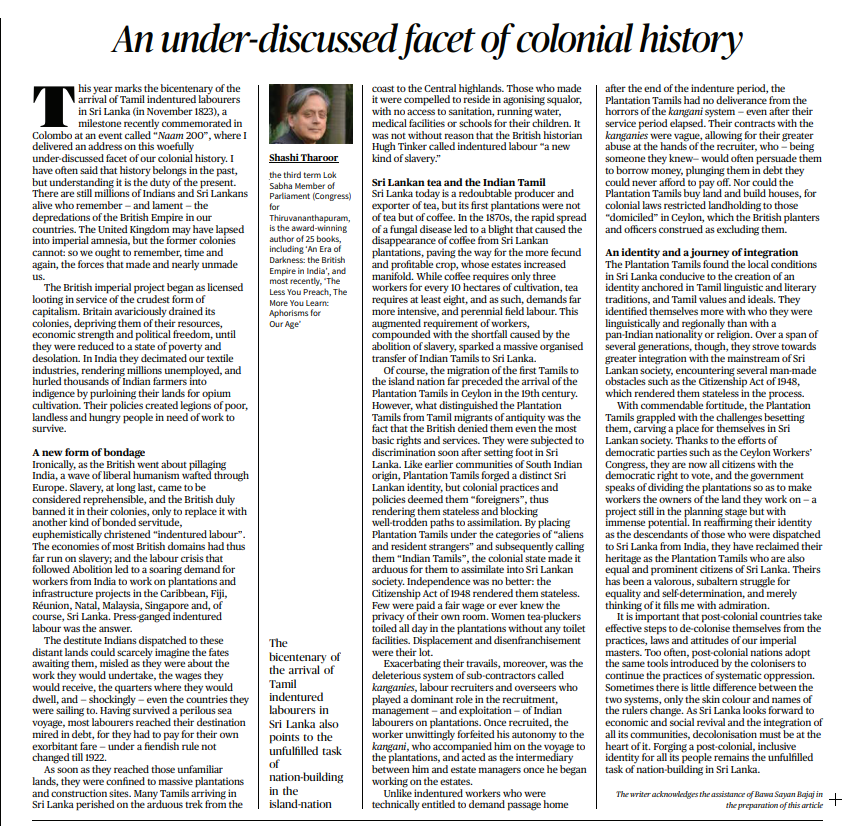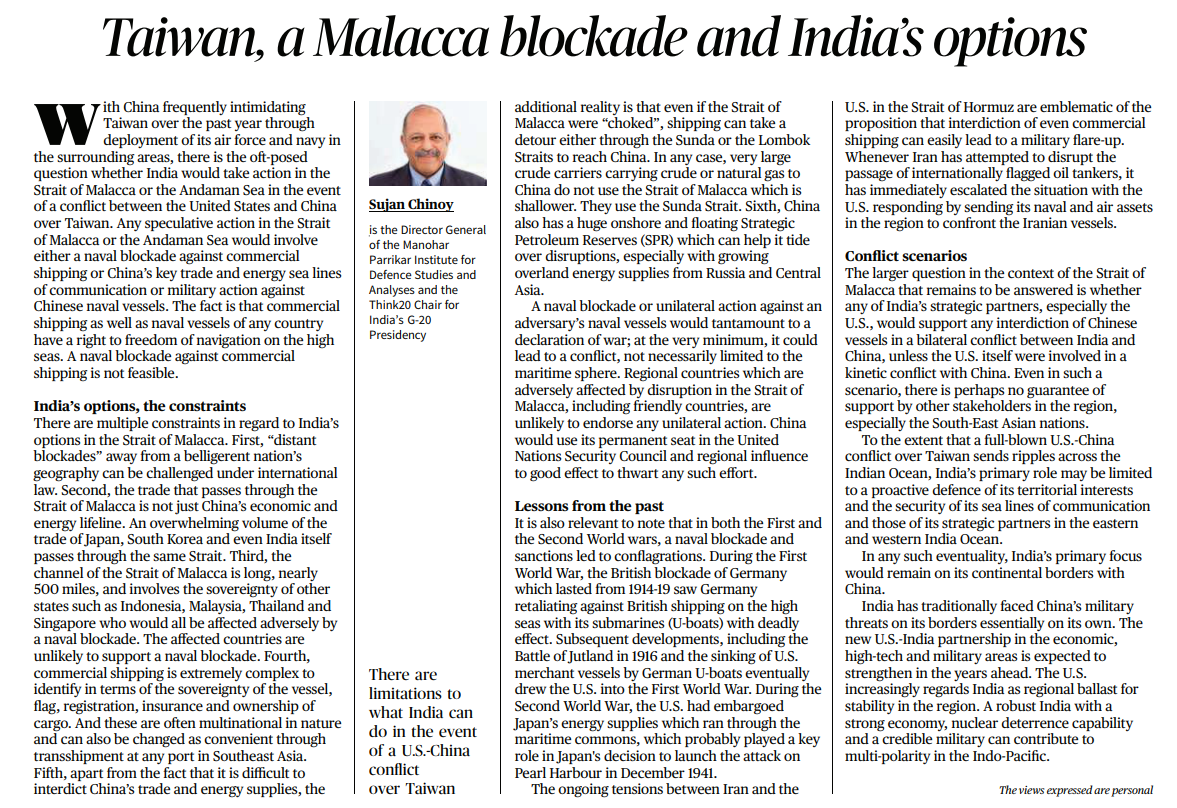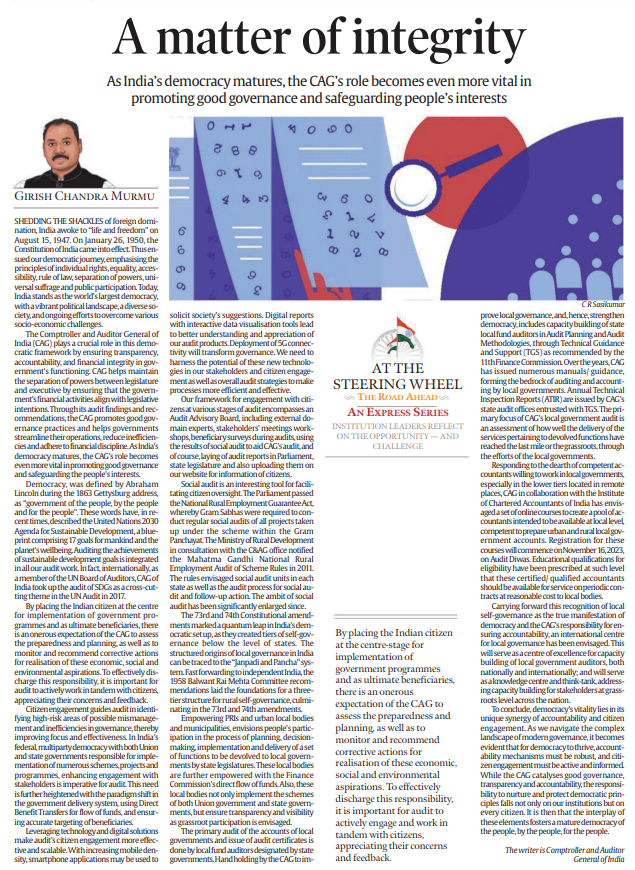The Bicentenary of Tamil Indentured Labourers in Sri Lanka: An Analytical Perspective
Introduction:
The year 2023 marks the bicentenary of the arrival of Tamil indentured laborers in Sri Lanka, a momentous event that remains under-discussed in the broader context of colonial history.
This editorial aims to provide an analytical perspective on this historical phenomenon and its enduring impact on the socio-economic fabric of Sri Lanka.
The British Imperial Project:
The British imperial project, rooted in licensed looting and crude capitalism, exploited colonies such as India and Sri Lanka, leaving them economically weakened and politically constrained.
The decimation of Indian textile industries and the appropriation of lands for opium cultivation resulted in widespread poverty and destitution.
Indentured Labour as a New Form of Bondage:
- As the British banned slavery in their colonies, a shift to indentured labor emerged.
- This system, euphemistically termed “indentured labor,” became a solution to the labor crisis following the abolition of slavery.
- The destitute Indians sent to distant lands faced deceptive promises, perilous sea voyages, and exorbitant fares, plunging them into debt upon arrival.
Plantation Tamils in Sri Lanka:
- The need for intensive field labor in Sri Lanka, particularly in tea plantations, led to a massive influx of Indian Tamils.
- However, colonial policies denied them basic rights, rendering them stateless and impeding assimilation into Sri Lankan society. The Citizenship Act of 1948 further exacerbated their disenfranchisement.
Exploitation and Displacement:
- The deleterious system of sub-contractors, known as kanganies, played a significant role in the recruitment and exploitation of Indian laborers.
- The vagueness of contracts allowed for abuse, debt, and a lack of autonomy, trapping Plantation Tamils in a cycle of exploitation with no deliverance even after the end of their service period.
Struggle for Identity and Integration:
Despite facing discrimination and challenges, Plantation Tamils developed an identity rooted in Tamil linguistic and literary traditions. Over generations, they strived for integration with Sri Lankan society, overcoming obstacles like the Citizenship Act of 1948. The Ceylon Workers’ Congress played a pivotal role in securing citizenship rights.
The Unfulfilled Task of Decolonization:
- Post-colonial nations must actively decolonize themselves from the practices, laws, and attitudes imposed by their imperial masters.
- Sri Lanka’s journey towards economic and social revival requires a commitment to forging a post-colonial, inclusive identity that acknowledges the historical struggles of communities like the Plantation Tamils.
Conclusion:
The bicentenary of Tamil indentured laborers in Sri Lanka serves as a poignant reminder of the enduring impact of colonial exploitation. Acknowledging this history is crucial for building a more inclusive and equitable post-colonial identity, fostering a nation where all its people can participate fully and with dignity.
Analyzing India's Potential Role in the Strait of Malacca Amidst US-China Conflict Over Taiwan
Introduction
With China’s consistent intimidation of Taiwan and the deployment of its air force and navy in surrounding areas, questions arise about India’s possible involvement in the Strait of Malacca or the Andaman Sea in the event of a conflict between the United States and China over Taiwan.
Constraints on India’s Options
- Legal Challenges
“Distant blockades” away from a belligerent nation’s geography may face challenges under international law, limiting India’s options in the Strait of Malacca.
- Economic and Strategic Implications
The trade passing through the Strait of Malacca is not only China’s lifeline but also crucial for Japan, South Korea, and India. A blockade would impact multiple nations and face resistance from affected countries.
- Complexities of Commercial Shipping
Identifying and enforcing a naval blockade against commercial shipping is complex, considering issues of vessel sovereignty, flag, registration, insurance, and ownership. The multinational nature of commercial shipping adds to the complexity.
- Alternative Routes and China’s Resilience
Even if the Strait of Malacca were blocked, shipping could take alternative routes through the Sunda or Lombok Straits. Additionally, China’s onshore and floating Strategic Petroleum Reserves provide resilience against disruptions.
Naval Blockade Risks
A naval blockade or unilateral action against Chinese naval vessels would likely be considered a declaration of war, leading to conflicts beyond the maritime sphere. Regional countries adversely affected are unlikely to endorse such actions, and China’s influence in international forums could thwart any efforts.
Historical Perspectives
Looking at historical examples, naval blockades and sanctions in the First and Second World Wars escalated tensions and led to conflicts. The ongoing tensions in the Strait of Hormuz between Iran and the U.S. highlight the potential for military flare-ups with the interdiction of commercial shipping.
Conflict Scenarios and India’s Role
The question arises whether India’s strategic partners, especially the U.S., would support interdiction of Chinese vessels in a bilateral conflict. Even in a U.S.-China conflict over Taiwan, support from South-East Asian nations remains uncertain.
India’s Primary Focus
In the event of a U.S.-China conflict over Taiwan, India’s primary role may be limited to a proactive defense of its territorial interests and sea lines of communication. The focus would remain on continental borders with China, where historical military threats have been faced independently.
Strengthening U.S.-India Partnership
The evolving U.S.-India partnership in economic, high-tech, and military areas positions India as regional stability ballast. A robust India, with a strong economy, nuclear deterrence capability, and a credible military, contributes to multi-polarity in the Indo-Pacific.
Conclusion
In conclusion, India’s potential involvement in the Strait of Malacca amidst a US-China conflict over Taiwan is constrained by legal, economic, and strategic factors. The primary focus would be on defending territorial interests, and the evolving U.S.-India partnership could play a significant role in shaping regional stability.
The Role of the Comptroller and Auditor General (CAG) in Nurturing India's Democratic Principles
https://indianexpress.com/article/opinion/columns/cag-of-india-writes-as-our-democracy-matures-my-role-is-becoming-more-vital-9019469/
Introduction:
India’s journey to independence in 1947 marked the dawn of a democratic era, with the Constitution coming into effect in 1950.
The nation has since evolved into the world’s largest democracy, facing diverse challenges while upholding democratic values.
The Comptroller and Auditor General of India (CAG) plays a crucial role in maintaining transparency, accountability, and financial integrity within the democratic framework.
The CAG’s Role in Good Governance:
- The CAG serves as a guardian of democratic principles by ensuring alignment between legislative intentions and the government’s financial activities.
- Through audits, it promotes good governance practices, streamlines operations, and advocates for financial discipline.
- As India’s democracy matures, the CAG’s role becomes increasingly vital in safeguarding the interests of the people.
Alignment with Sustainable Development Goals (SDGs):
- The CAG actively engages in auditing the achievements of the United Nations 2030 Agenda for Sustainable Development, reflecting a commitment to economic, social, and environmental aspirations.
- By incorporating SDGs into audit work, the CAG contributes to international efforts for global well-being.
Citizen Engagement in Auditing:
- Acknowledging the centrality of citizens in the implementation of government programs, the CAG emphasizes citizen engagement to assess preparedness, planning, and monitor corrective actions for sustainable development.
- Leveraging technology and digital solutions enhances citizen engagement, making the audit process more effective and scalable.
Social Audit as a Tool for Citizen Oversight:
- The introduction of social audit, particularly in the context of the National Rural Employment Guarantee Act, empowers citizens to conduct regular audits, promoting transparency and accountability at the grassroots level.
- The CAG actively supports social audit initiatives to strengthen democratic processes.
Local Governance and CAG’s Responsibility:
- The 73rd and 74th Constitutional amendments marked a significant step in local governance, empowering Panchayati Raj Institutions (PRIs) and urban local bodies.
- The CAG’s role extends to improving local governance through capacity building, audit methodologies, and issuing guidance manuals.
- The establishment of an international center for local governance further reinforces the commitment to nurturing democracy at the grassroots level.
Online Courses and Capacity Building:
- To address the shortage of competent accountants in local governments, the CAG collaborates with the Institute of Chartered Accountants of India to offer online courses.
- These courses aim to create a pool of accountants capable of handling urban and rural local government accounts, thereby contributing to effective local governance.
Conclusion:
In conclusion, the vitality of democracy lies in the interplay of accountability and citizen engagement. The CAG’s role in catalyzing good governance, transparency, and accountability is crucial, but the responsibility extends to every citizen.
Nurturing and protecting democratic principles ensures the evolution of a mature democracy “of the people, by the people, for the people,” reflecting the enduring spirit of India’s democratic journey.




